In the realm where art, technology, and nature converge, few names shine as brightly as teamLab. This pioneering art collective, renowned for its boundary-pushing installations, has once again redefined the sensory experience with the opening of its latest multi-sensory museum in the United Arab Emirates. Nestled in Abu Dhabi’s Saadiyat Cultural District, teamLab Phenomena stands as a testament to the collective’s innovative spirit and its unwavering commitment to reimagining the way we interact with art.
As you approach teamLab Phenomena, the first thing that captures your attention is the building itself—an enormous white structure with an amorphous form that defies easy description. "We came up with this shape that people cannot define, and that’s what makes it curious for people," explains Tony Abi Gebrayel, managing partner of MZ Architects, the local firm that collaborated with teamLab on the exterior architecture. This architectural marvel, with its brilliant-white façade composed of myriad unique panels, exudes an organic and asymmetrical feel that spans 17,000 square meters (183,000 square feet). It is a structure that invites curiosity and wonder, a fitting prelude to the immersive experiences that await inside.
Stepping through the doors into the darkened reception, your eyes take a moment to adjust to the stark contrast between the bright white exterior and the enveloping darkness within. This deliberate design choice is not merely aesthetic; it serves a functional purpose. The darkness is meant to heighten your senses, preparing you for the multi-sensory journey that lies ahead. It is a sensory reset, a moment of anticipation that builds excitement for the 25 interactive digital art exhibits that comprise the museum.
The museum is thoughtfully divided into two distinct zones: dry and wet. In the dry areas, the floor undulates beneath your feet, a design choice inspired by the natural contours of the human foot. "The soles of our feet aren’t flat, and are therefore more suited to walk across organic shapes than even surfaces," explains Shogo Kawata, teamLab’s principal interior architect. This design not only enhances the physical experience but also brings visitors closer to nature, a core tenet of teamLab’s philosophy.
In contrast, the wet zones require visitors to remove their shoes and socks and roll up their trousers as they wade through shallow water. Here, the water level rises and falls, altering your proximity to the digitally projected artworks. The interplay between water and light creates a dynamic and ever-changing environment, where each step and movement influences the visual and auditory landscape. It is an experience that engages all the senses, transforming the act of viewing art into a fully immersive encounter.
Navigating the museum is an experience in itself. Light projections on the floors and walls react to your movements and presence, creating a sense of playfulness and wonder. Reaching out to touch the installations feels both intuitive and profound, as each interaction elicits a unique response. In one exhibit in the wet area, an earthy, organic smell emanates from the water, adding another layer of sensory engagement.
One of the standout exhibits is "Floating Microcosms," a collection of unanchored soft sculptures—or "Ovoids"—that bob gently in ankle-deep water. As visitors wade around, they create waves that topple these Ovoids, which then fall over and rise again, emitting different colored lights and sound tones. The Ovoids can also be pushed and moved around by visitors, ensuring that the exhibit is in a state of constant transformation. Kawata’s vision is clear: he wants visitors to have "physical experiences—to smell and touch things" and to "take home the feeling they had visiting this space."
Another captivating exhibit is "Wind Form," where lights projected on the uneven ground and walls mimic the movement of wind. As you move through the space, the artwork reacts to your presence, as if you are obstructing the natural flow of a breeze. The lights stop where your feet touch the ground, and you can see the ripples of this change spread over the walls around you. It is a mesmerizing experience that blurs the line between observer and participant, creating a sense of unity with the environment.
Toshiyuki Inoko, one of the founders of teamLab, reflects on the collective’s mission and the significance of this new museum. Established in 2001 in Japan, teamLab comprises artists, architects, and tech specialists united by a common goal: to help visitors transcend perceived boundaries through their art. Inoko expresses his pride in having teamLab Phenomena open amidst the other landmarks in Saadiyat Cultural District, which already includes the Louvre Abu Dhabi and the Manarat Al Saadiyat gallery, as well as upcoming developments like the Guggenheim, the Zayed National Museum, and the Natural History Museum. He hopes that by engaging with the exhibits and witnessing their responsive nature, visitors will forge a deeper "connection with themselves and with the environment itself."
teamLab Phenomena is more than just a museum; it is a living, breathing entity that evolves with each visitor’s interaction. It is a space where art, technology, and nature coalesce to create an experience that is both deeply personal and universally resonant. In a world where digital experiences often feel detached and impersonal, teamLab Phenomena offers a refreshing counterpoint. It invites us to reconnect with our senses, to explore the boundaries of our perception, and to find new ways of understanding our place in the world.
As visitors leave the museum, they carry with them not just memories of the exhibits but a renewed sense of wonder and curiosity. teamLab Phenomena is a testament to the power of art to transform and inspire, a reminder that the intersection of creativity and technology can lead to experiences that are as profound as they are beautiful. In a cultural district that already boasts some of the world’s most iconic landmarks, teamLab Phenomena stands out as a beacon of innovation and a must-see destination for anyone seeking to explore the frontiers of art and human interaction.
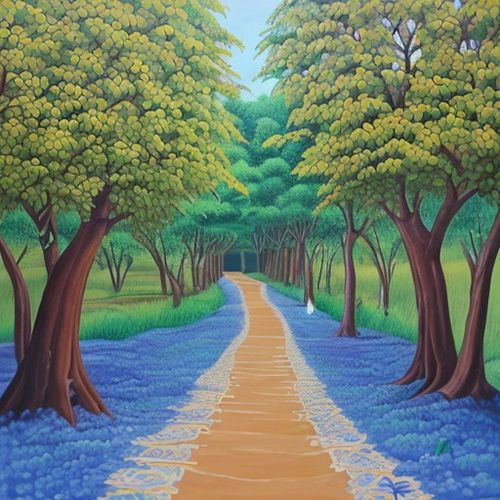
By Joshua Howard/May 14, 2025
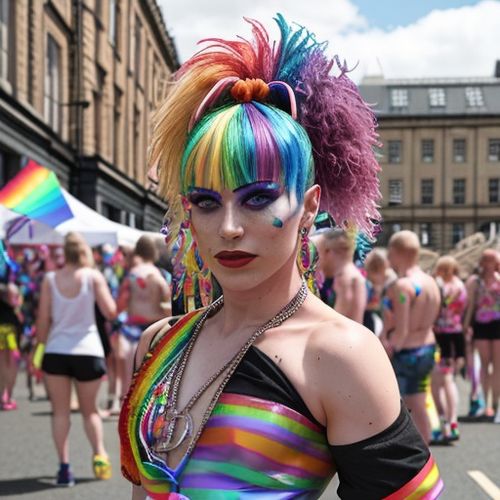
By Samuel Cooper/May 14, 2025
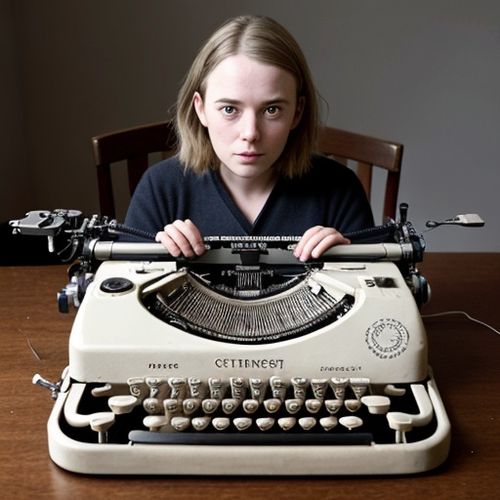
By Victoria Gonzalez/May 14, 2025

By Elizabeth Taylor/May 14, 2025
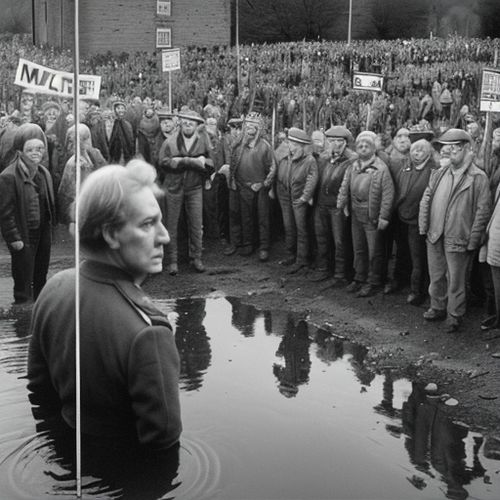
By Sophia Lewis/May 14, 2025
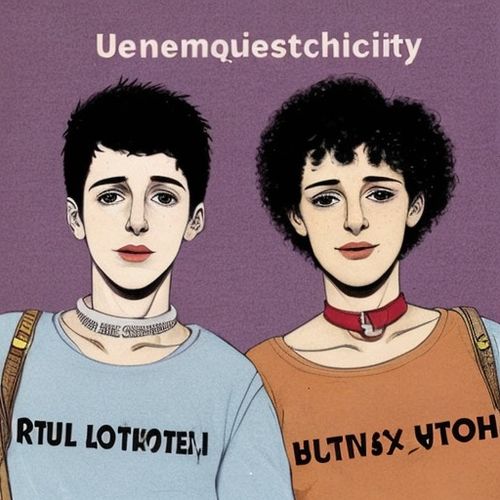
By Thomas Roberts/May 14, 2025
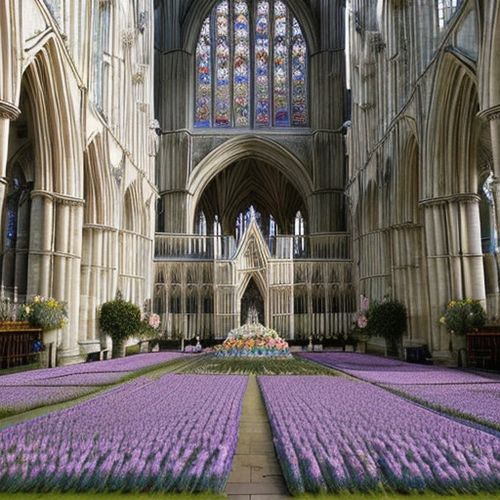
By Sophia Lewis/May 14, 2025
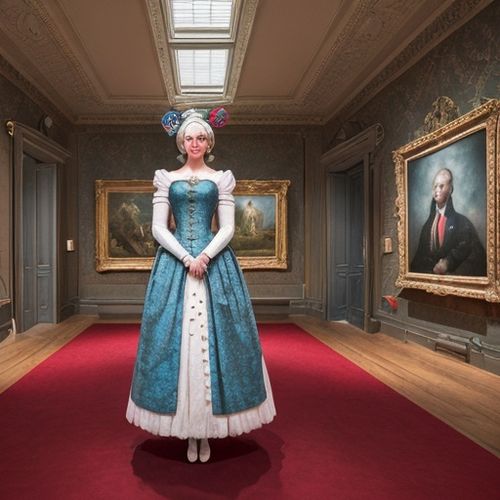
By James Moore/May 14, 2025
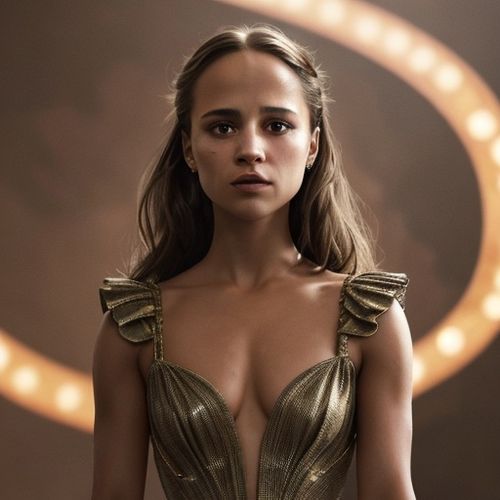
By Christopher Harris/May 14, 2025

By Megan Clark/May 14, 2025
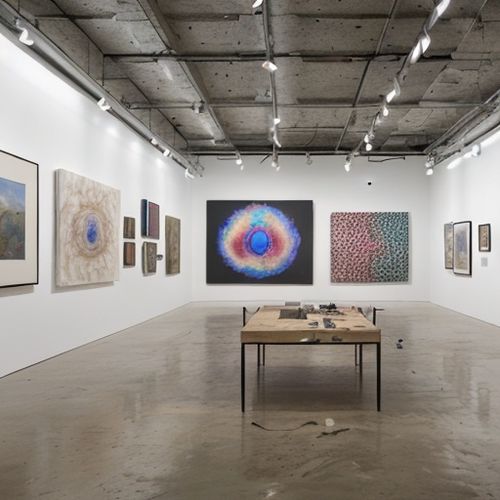
By Lily Simpson/May 14, 2025
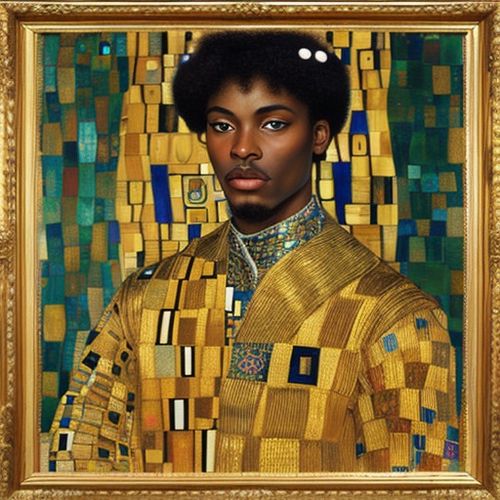
By Rebecca Stewart/May 14, 2025

By Thomas Roberts/May 14, 2025
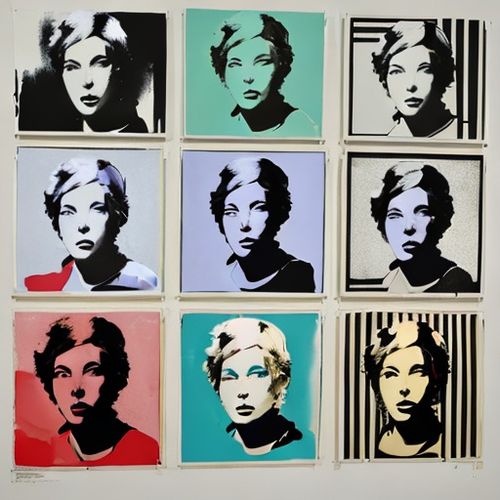
By Grace Cox/May 14, 2025
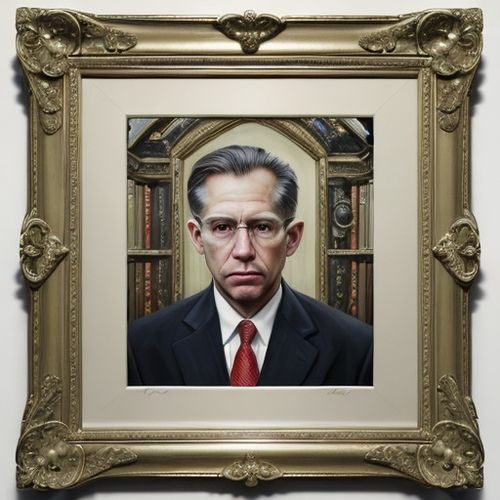
By Sarah Davis/May 14, 2025
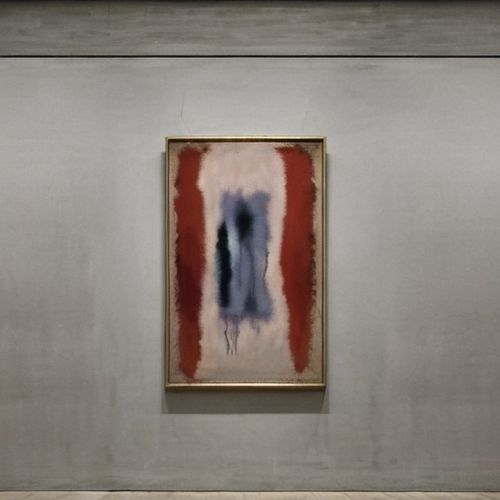
By Megan Clark/May 14, 2025
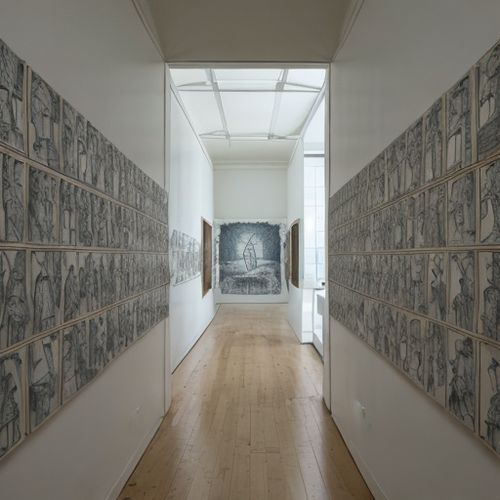
By Jessica Lee/May 14, 2025
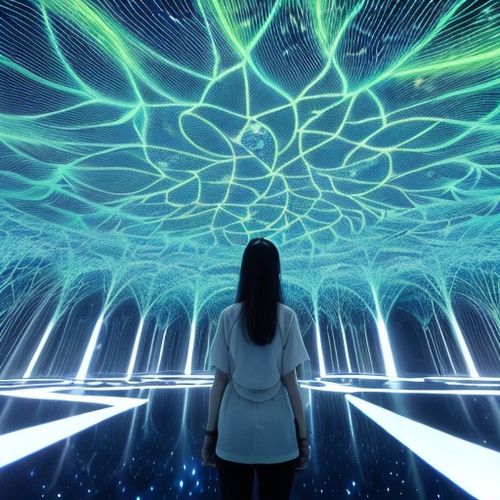
By James Moore/May 14, 2025
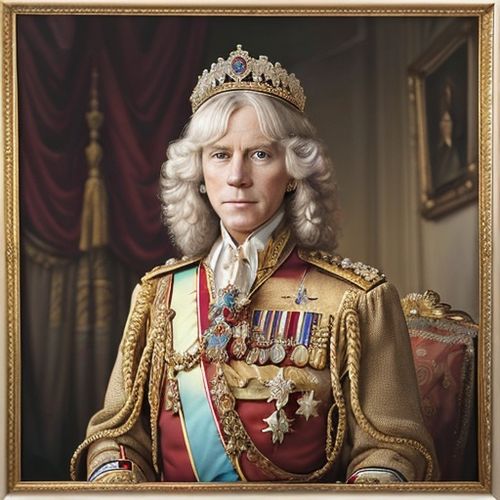
By Samuel Cooper/May 14, 2025
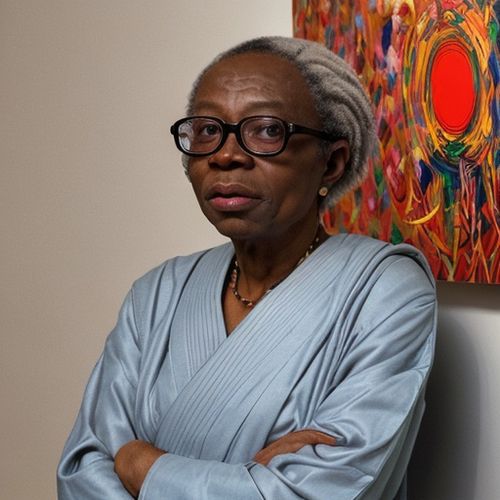
By George Bailey/May 14, 2025